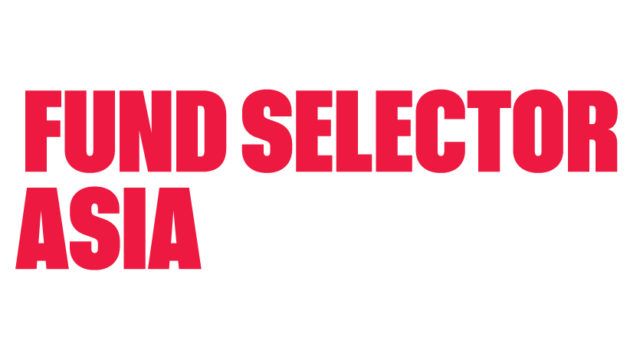In terms of their sectoral allocation, a look at the latest available portfolios of the top five Asia ex-Japan funds indicate generally a bias towards investing in the financials and information technology companies in the region.
A few have also made significant allocations toward the consumer discretionary sectors, according to a FE Analytics study.
For the purpose of the analysis, the universe of funds comprised of those with at least a three-year track record and registered for sale in Singapore and/or Hong Kong.
Country exposures
Funds managers have generally been optimistic on the Indian market due to expectations of reforms from the new government including opening up the Indian economy for foreign direct investments, implementation of the goods and sales tax act and boosting the manufacturing sector, among others.
In regards to China, managers expect further monetary policy easing moves and reform measures from the government to ensure a reasonable growth. Also, the China A-share market has been in focus ever since the Stock Connect programme went live in November.
India and China were the top country bets for both the top performing funds of the year: UOB China India Dynamic Growth Fund and Parvest Equity Best Selection Asia Ex-Japan.
The UOB fund has nearly 55% of the portfolio invested in Indian equities and 41% in Chinese companies. The Parvest fund had the highest allocation in Chinese equities (28%) followed by Indian (18%).
JOHCM Asia ex-Japan Small and Mid Cap Fund which stood third in the list had India as its top pick with 39% allocation. China was its third most favored market with 11% weighting preceeded by Taiwan with (21.7% weighting).
“We expect the declining inflation outlook and improving current account positions to offer policy makers in Asia, especially India and China, more room for monetary stimulus to boost economic growth,” Cho-Yu Kooi, senior fund manager at JO Hambro Capital Management Group said.
Kooi said he fund manager added to holdings in Indian company such as Bajaj Corp, a leading hair oil manufacturing company.
The fourth best performer, First State Asia Innovation Fund, has about 25% allocation to India. However, it had comparatively little allocation to the Chinese markets (5.6%). Instead, it had a significant exposure to Hong Kong and Singapore companies, which accounted for 17.1% and 14.8% of its assets, respectively.
China (31.4%) was the top allocation for the next contender, the Eurizon EastFund Equity Emerging Market Asia. However, the fund had less allocation to the Indian stocks with about 11% weighting as it preferred making bets on the Korean and Taiwanese companies that accounted for 23% and 20% of its assets.
Eurizon said it remain moderately positive on the region as it sees it benefitting from quite cheap valuations on a historical basis and positive correlation with the global growth rate.
Weak oil price should improve corporate margin and contribute to macroeconomic momentum, the fund house said.
However, Eurizon cited the slowing Chinese growth as the biggest risks for the region.
Sector Bets
Financials and information technology companies dominated nearly half of the portfolio of the top performing United China-India Dynamic Growth Fund. On similar lines, the Parvest fund has about 54% of the portfolio collectively invested in these two sectors.
While the JOHCM fund has highest allocation in consumer discretionary companies, (28.3%) information technology is its next favoured investment theme with nearly 26% allocation. Worth to note, it was heavily underweight on the financials with a mere 2.3% allocation compared to 21% weighting the sector enjoys in the fund’s benchmark index, the MSCI AC Asia ex –Japan Small Cap TR Index .
In case of the First State Asia Innovation fund, consumer staples and financial companies dominate the portfolio with a 26.4% and 20.4% weighting, respectively. However, it had a lower allocation to the information technology companies.

















